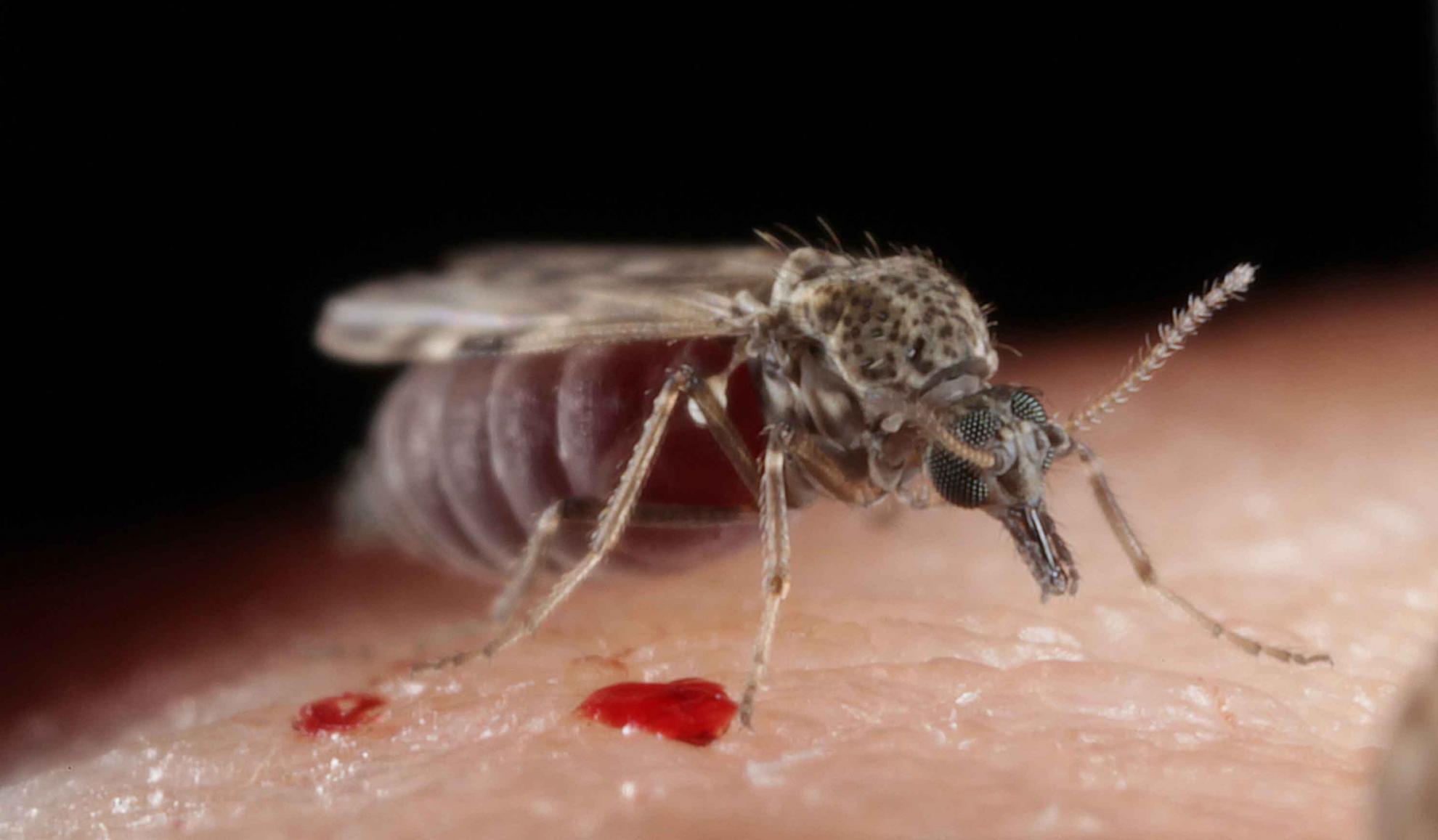The genome of the biting midge Culicoides sonorensis and gene expression analyses of vector competence for bluetongue virus
The new genomic technologies have provided novel insights into the genetics of interactions between vectors, viruses and hosts, which are leading to advances in the control of arboviruses of medical importance. However, the development of tools and resources available for vectors of non-zoonotic arboviruses remains neglected. Biting midges of the genus Culicoides transmit some of the most important arboviruses of wildlife and livestock worldwide, with a global impact on economic productivity, health and welfare. The absence of a suitable reference genome has hindered genomic analyses to date in this important genus of vectors. In the present study, the genome of Culicoides sonorensis, a vector of bluetongue virus (BTV) in the USA, has been sequenced to provide the first reference genome for these vectors. In this study, we also report the use of the reference genome to perform initial transcriptomic analyses of vector competence for BTV. Our analyses reveal that the genome is 189 Mb, assembled in 7974 scaffolds. Its annotation using the transcriptomic data generated in this study and in a previous study has identified 15,612 genes. Gene expression analyses of C. sonorensis females infected with BTV performed in this study revealed 165 genes that were differentially expressed between vector competent and refractory females. Two candidate genes, glutathione S-transferase (gst) and the antiviral helicase ski2, previously recognized as involved in vector competence for BTV in C. sonorensis (gst) and repressing dsRNA virus propagation (ski2), were confirmed in this study. The reference genome of C. sonorensis has enabled preliminary analyses of the gene expression profiles of vector competent and refractory individuals. The genome and transcriptomes generated in this study provide suitable tools for future research on arbovirus transmission. These provide a valuable resource for these vector lineage, which diverged from other major Dipteran vector families over 200 million years ago. The genome will be a valuable source of comparative data for other important Dipteran vector families including mosquitoes (Culicidae) and sandflies (Psychodidae), and together with the transcriptomic data can yield potential targets for transgenic modification in vector control and functional studies.

